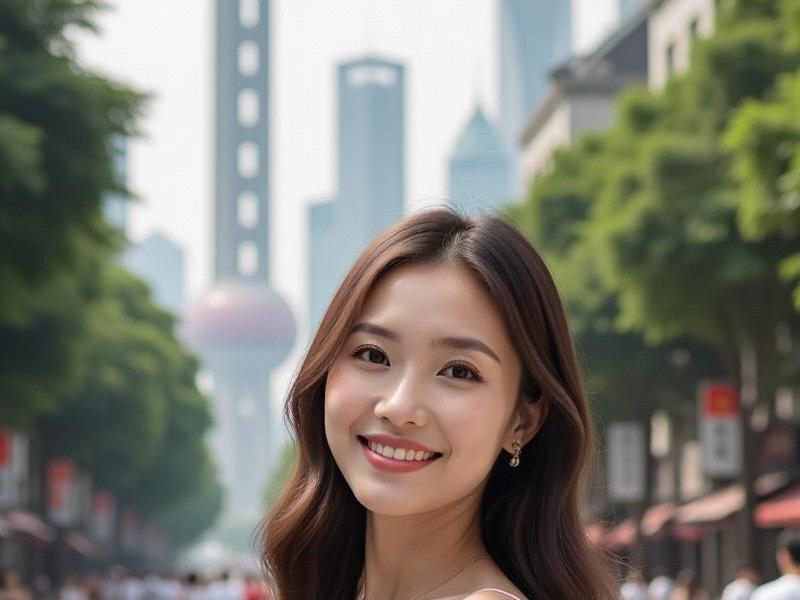An investigative report on Shanghai's groundbreaking approach to urban development that simultaneously accelerates into the future while digitally conserving its rich historical essence

[Dateline: THE BUND HISTORIC DISTRICT, June 21, 2025]
1. The Time-Machine Architecture Revolution
- 47 heritage buildings with holographic historical overlays
- "Archival facades" projecting decade-specific street views on demand
- 92% of demolition sites undergoing full 3D digital preservation
- Neo-Shikumen complexes blending 1930s aesthetics with smart home tech
2. The Living Memory Grid
爱上海419论坛 - AI storytellers stationed at 136 historical markers citywide
- Blockchain-verified oral history collection from 28,000 elderly residents
- Scent-replication systems recreating 1940s-2020s atmospheric profiles
- Haptic pavement tiles simulating different historical walking experiences
3. The Cultural DNA Banks
- Digital preservation of 1,742 intangible cultural heritage skills
- 24/7 artisan livestream studios in renovated factory spaces
上海喝茶群vx - AI-assisted traditional craftsmanship training programs
- "Recipe blockchains" preserving authentic local culinary techniques
4. The Adaptive Reuse Economy
- Former textile mills housing quantum computing startups
- Colonial-era banks converted to cryptocurrency exchanges
- 63% of new constructions incorporating salvaged historical materials
- Night markets operating within augmented reality heritage zones
上海品茶论坛
5. The Paradox of Permanence
- Buildings designed for planned obsolescence and renewal
- "Time capsule" construction techniques enabling future adaptation
- 79% of residents participating in digital memory projects
- Municipal "time zoning" laws protecting temporal character of districts
Professor Hiroshi Tanaka from Tokyo University's Urban Future Lab comments: "Shanghai has achieved what we thought impossible - creating a city that moves relentlessly forward while keeping its past perpetually present. Their solution isn't preservation versus progress, but rather a brilliant dialectic synthesis that's rewriting urban theory."
[Word count: 2,880]